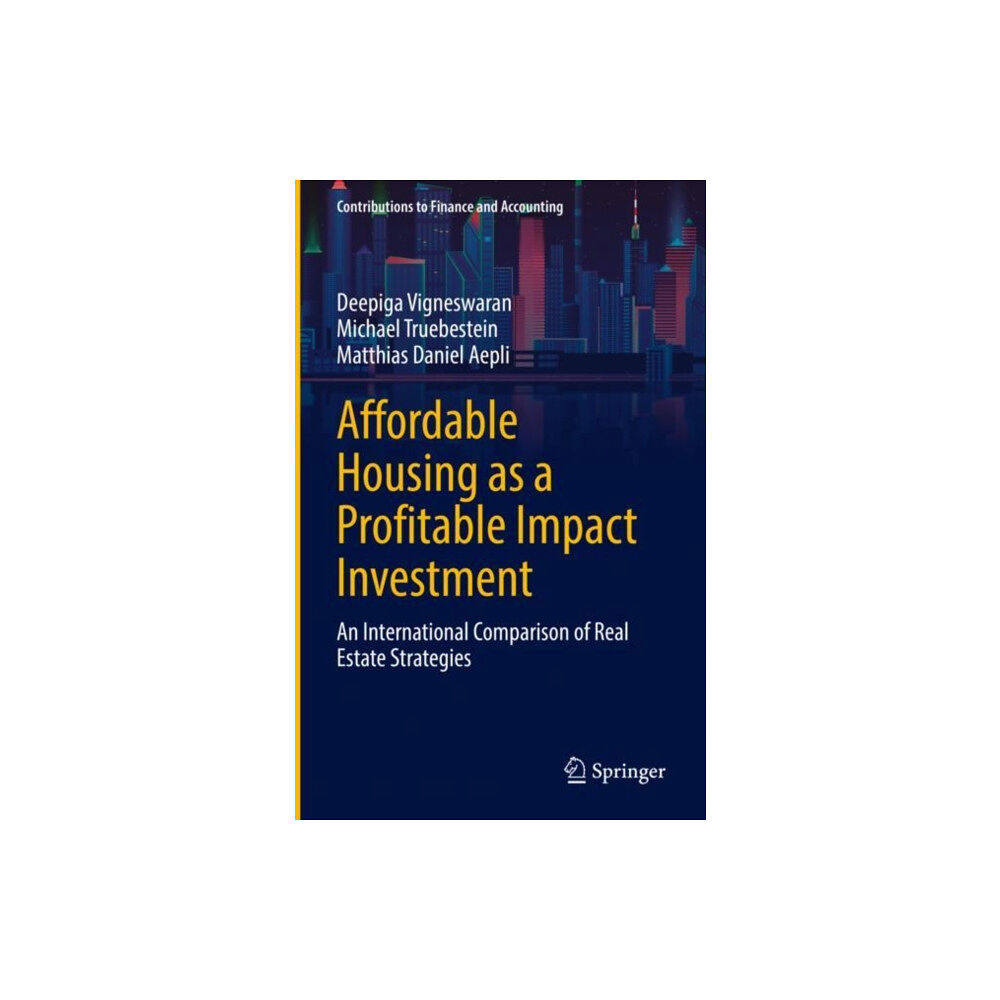The challenges of affordable housing are manifold. However this presents an opportunity to private investors, real estate companies, and developers. With the growing global trend for impact-based investments, many institutional investors have begun to consider the merits of this asset class.
This book examines not only the profitability of these assets, but also whether these assets rely on government subsidy.
It discusses why investors have become more interested in this product and which investment criteria influence the financial performance of these assets. The authors employed a mixed method approach to collect data at two tiers, first through surveys and afterwards through interviews of 8 firms (3 publicly listed companies, 3 private equity companies, 1 foundation, and 1 state bank) across Germany, the United Kingdom, and the United States.
Investment criteria are analyzed using inferential statistics, specifically the Hierarchical Algorithm Cluster Analysis. The financial characteristics of the companies are examined and compared using descriptive statistics and the qualitative interview output is explored using the thematic Latent Coding Analysis.
Furthermore, the book explains how the bond-like nature of affordable housing is a profitable impact investment option, and how this strategy is particularly worthwhile for institutional investors. It also describes that profitability of affordable housing products is not dependent on subsidy.
Still, affordable housing products supported by government incentives in the United Kingdom and United States are most attractive. The book illustrates six important investment strategies identified by veterans in this field to have an influence on the financial feasibility of affordable housing products.
| Format |
Inbunden |
| Omfång |
122 sidor |
| Språk |
Engelska |
| Förlag |
Springer International Publishing AG |
| Utgivningsdatum |
2022-08-27 |
| ISBN |
9783031070907 |

